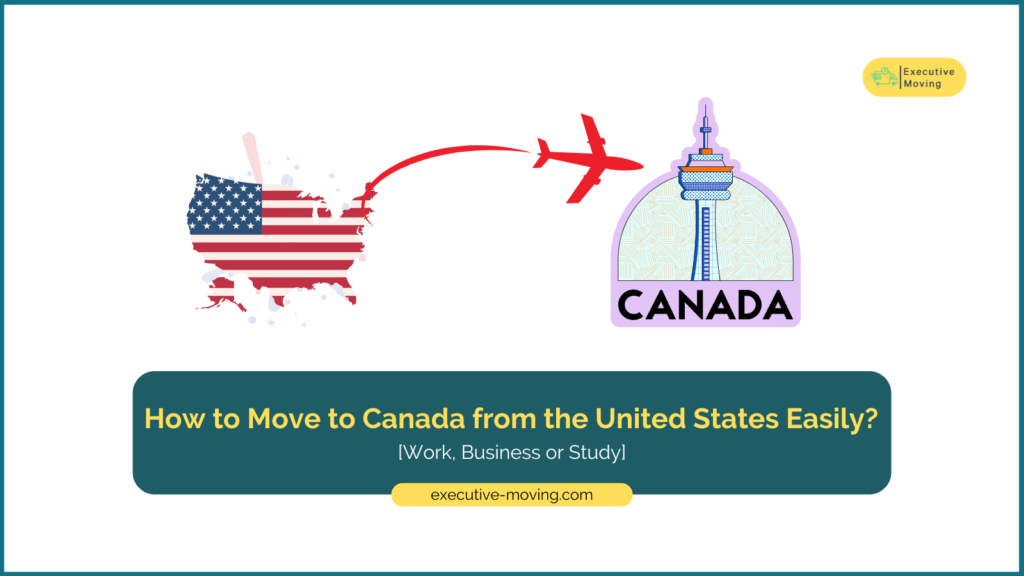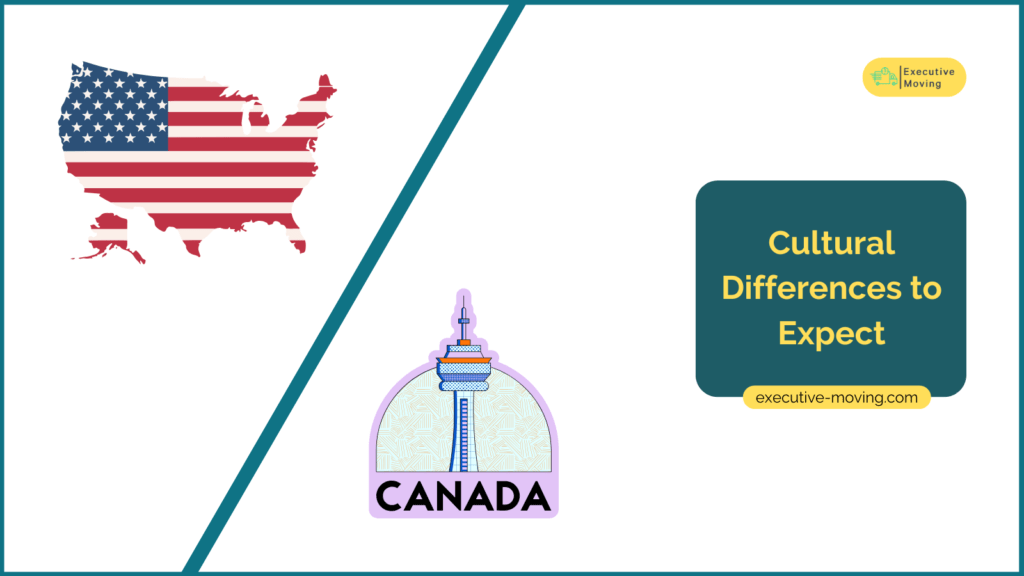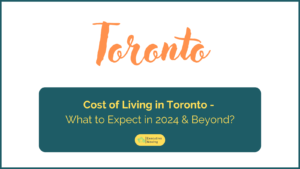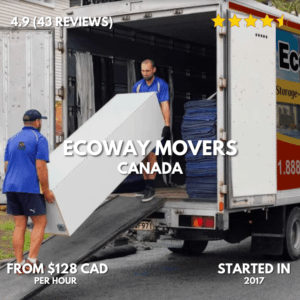
Self-Care Tips and Ways To Stay Sane While Moving
Self-Care Tips and Ways To Stay Sane While Moving Moving to a new home or city is often an exciting and transformative experience, but it can also be stressful and overwhelming. Your physical and emotional health may suffer from packing up your stuff, leaving behind familiar settings, and acclimating to









